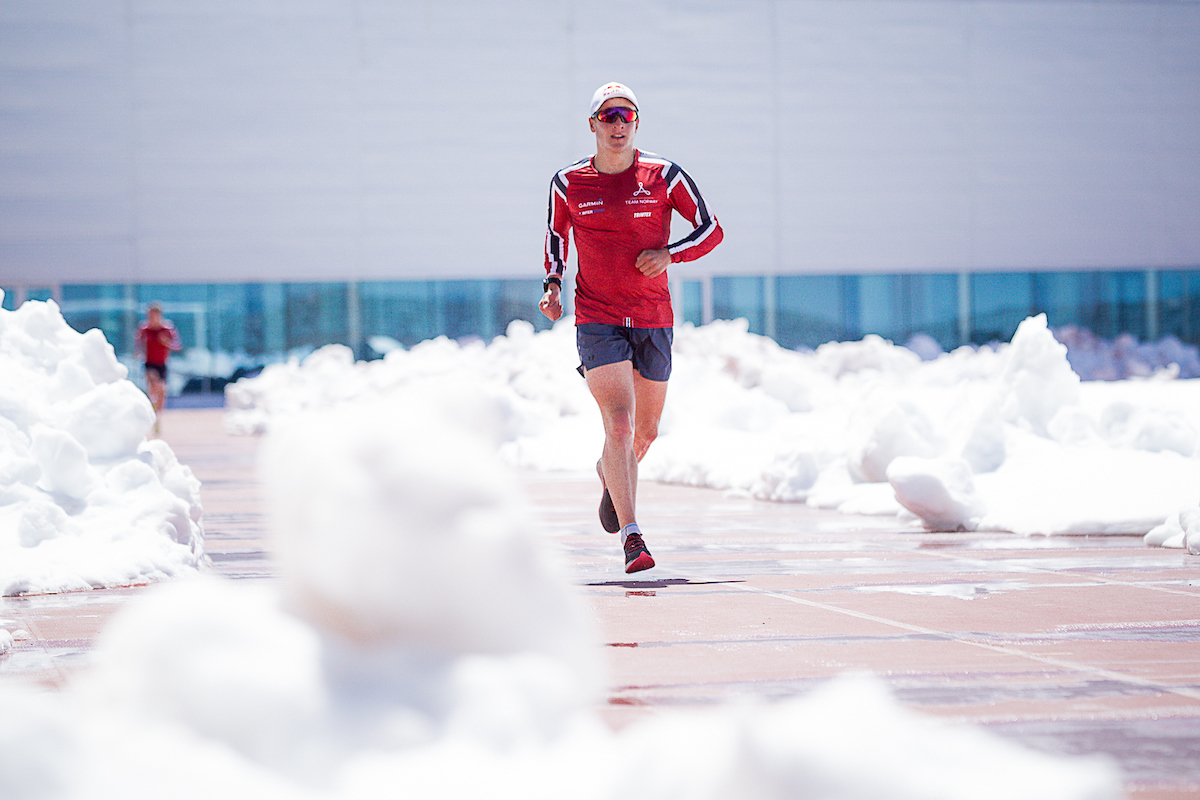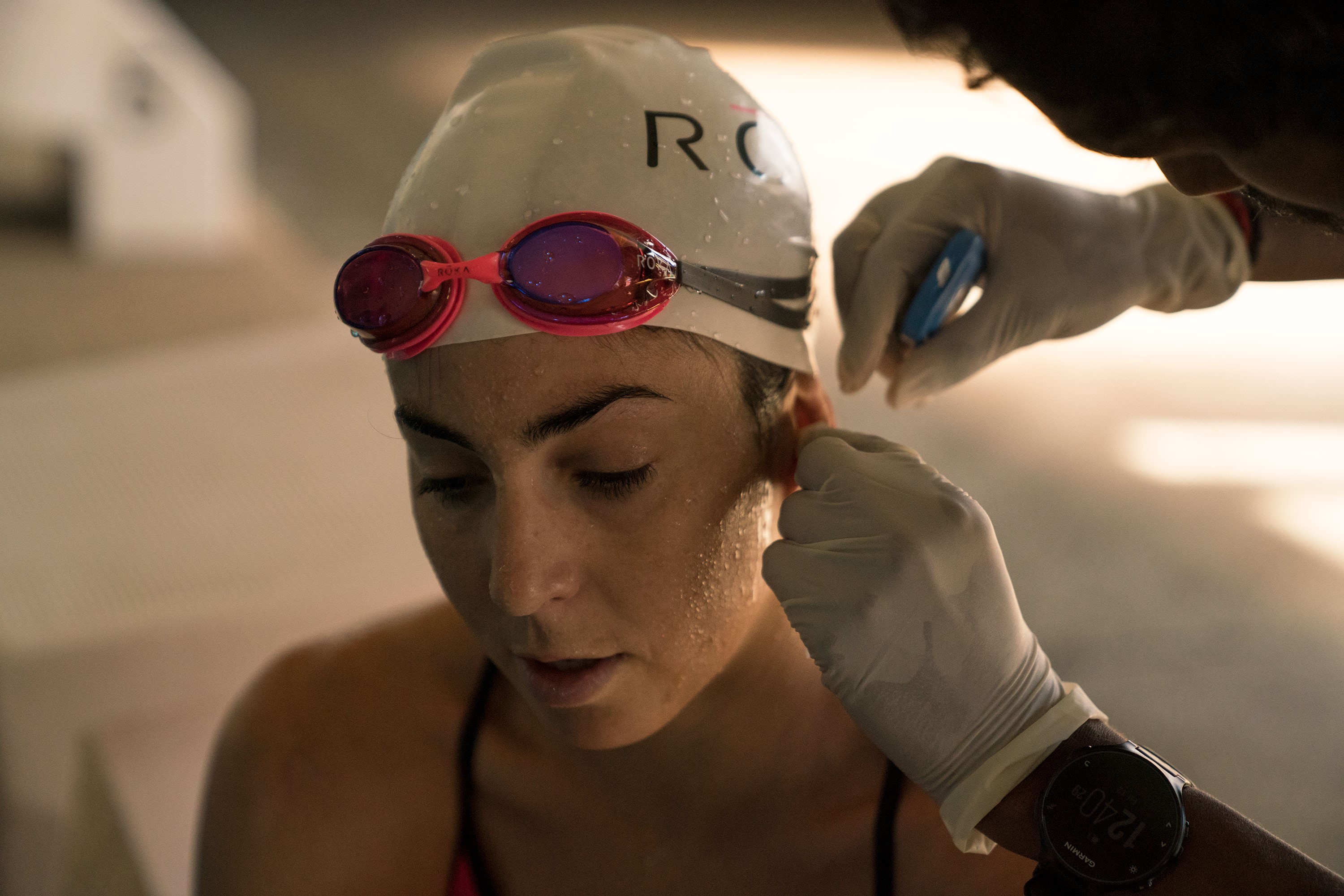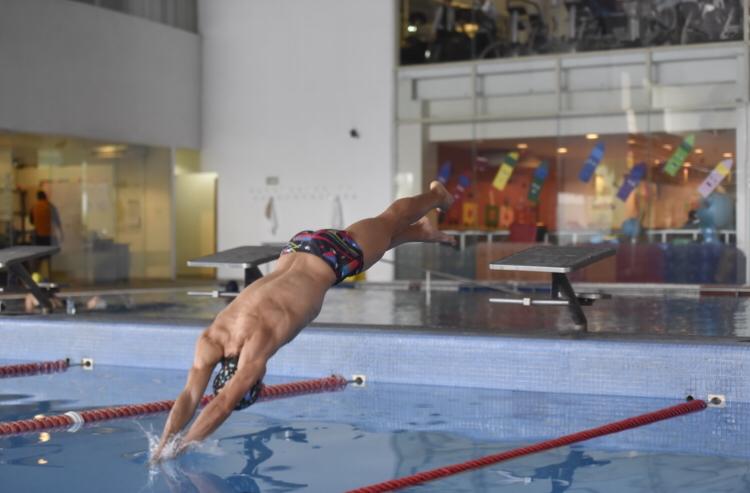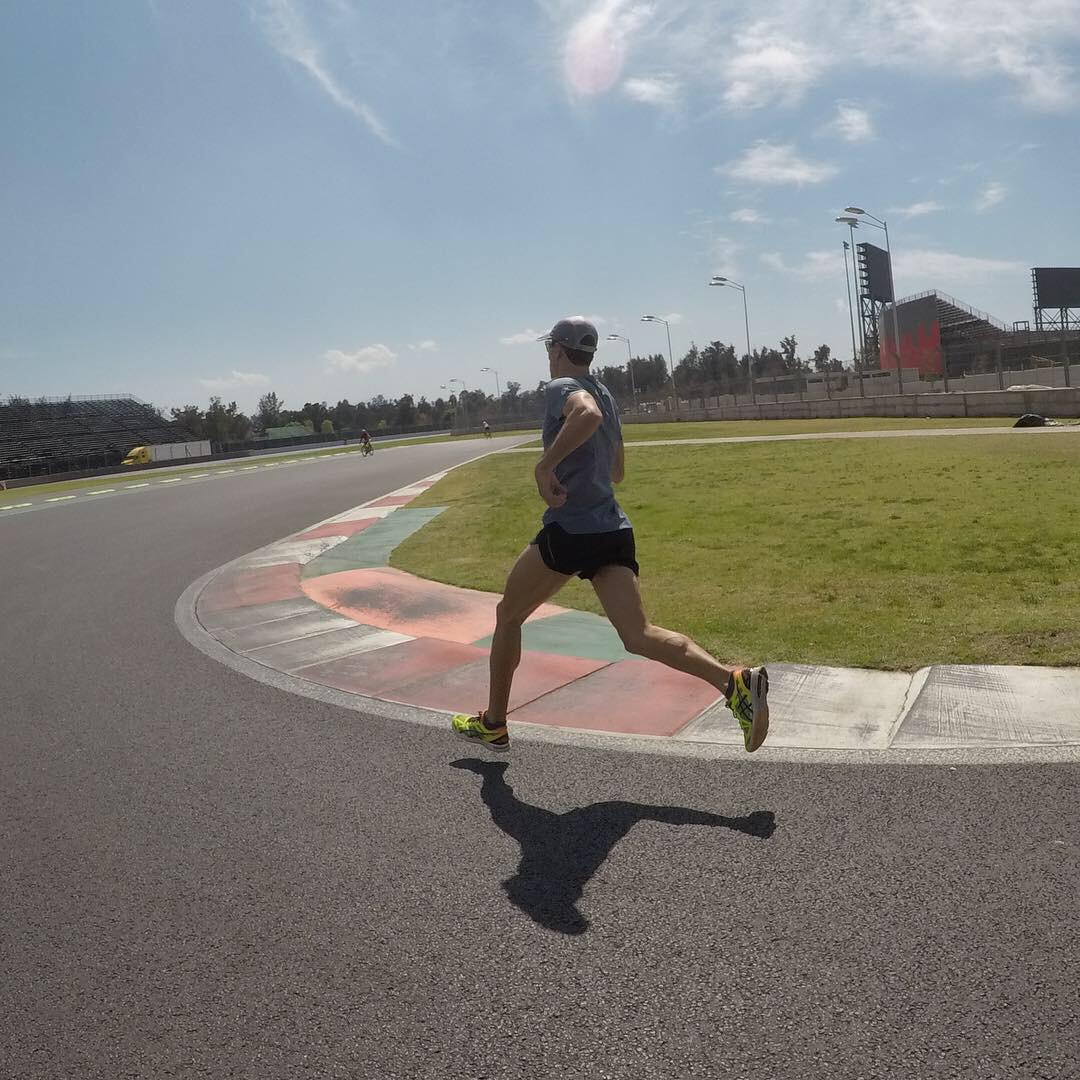High altitude training with the world’s best triathletes
As the 2019 season launches, we focus the lens on the high performance teams, all around the world, who are training in volume and strength to prepare. All teams and athletes with unique schedules and aims for the year ahead.
Triathlon coaches of high performance athletes, teams and groups, set their programs based on the individual goals and ability of each team member. Which races the athletes are targeting is also a major part of how the program is structured.
World Triathlon profile various coaches and teams on their insights into training at high altitude before the next World Triathlon Series race in Bermuda. They share their perspective on how it is beneficial for athletes to live and train in high-altitude areas, to adapt their bodies to lower oxygen levels however when the sessions are harder and its time to race, the athletes move to lower altitude areas, where the muscles can work powerfully with the highest amount of oxygen available for aerobic performance.
Roberto Cejuela, coach of Fernando Alarza (ESP) and Lasse Luhrs (GER):
“Having facilities like the ones we have here in Sierra Nevada is just perfect for triathlon training. I can’t think of anywhere else in the world where you have a 50m pool at this altitude, plus the rack and all the mountains around. And we have also gyms and all the medical resources here, so for the athletes is super easy to train here. It is also really hard, but controlling all the sessions, checking them and applying all the science that we know that it works is the best we can do with them.”

Kristian Blummenfelt (NOR)
Photo credit @dymages
Arild Tveiten, Norway’s Sport Director and high performance coach:
“We do two camps in high altitude in Sierra Nevada (Spain) per year, 4 weeks in Autumn and 4 weeks now before Bermuda. We combine the high altitude training here with high intensity sessions and this has proven to be really good for our team. We base the high altitude training in blocks of four days: 1-day interval training, one day long and hard sessions, 1 day interval and one day easy. Here we live at 2300m high, the pool and the track are here in the center where we live, and we are surrounded by mountains so all bike sessions are also climbing up a lot, going from 1000m to 2400m. So for us is just perfect to train here, they can be very focused and relax, and even though recovery is harder with the altitude, we plan the sessions so that the team gets the most out of it.”

Kristian Blummenfelt (NOR)
Photo credit @dymages
Olav Aleksander Bu, Norway’s team sport scientist and coach:
“Our athletes are quite used to high altitude training and we work a lot with them so that they understand the physics and physiology of the training, why they are doing this or that in a session, how it affects their bodies and haw they can learn to trust their body and sensations to apply the training in the races. Here, while training, we measure lots of things - lactate approximately 20 times per session, speed, watts and movements (as well as muscle oxygen saturation, aerodynamics and rolling resistance). We analyse everything in the lab and input the data into the computer to explain to the athletes what it means and how they can make little improvements, where they need it. I can say that the athletes in our teams know more about physiology and training than plenty of experts.”
Eugenio Chimal, Mexico’s high performance triathlon coach:
“Training at altitude, where the oxygen level is considerably lower, allows athletes to increase their red blood cell count. This enables them to compete more effectively at sea level because more oxygen is delivered to the muscles. This specific program is designed to give Rodrigo (Gonzalez) a specialised training plan to help achieve peak performance. I create a plan for each athlete to achieve their goals and get them to the top of their game pre and during the season,” said Eugenio Chimal, Mexican triathlon coach.
Insights from professional triathlete Rodrigo Gonzalez (MEX) on the specific training build at high altitude:
“I usually swim 7 times a week, run 6 times a week, cycle 5 times a week and have 3 gym sessions as well. During this pre-season training block, the sessions have a considerable volume and are increasing in intensity progressively. Swimming sessions are usually between 5 and 7km, running sessions between 1 and 2 hours and cycling sessions between 2 and 6 hours. I have 3-4 training sessions per day, except for Sundays, when I usually have a long ride so I only have another session after cycling.”
“I think the best time of the year for altitude training is precisely this moment, when there’s a considerable volume of training and intensity is still not at its highest, as intense training is difficult to perform at altitude. However, in my personal experience, I’ve found altitude training to be very good for me all year round, with just some specific moments training at a lower altitude, usually previous to important races, that let me do intense and fast training without losing the physiological adaptations of altitude training. I live in Mexico City which is at 2300m above sea level, and I frequently go cycling to the Ajusco, a mountain next to my house, which is almost 3600m at the top, with a road that goes there and trails for running and MTB as well. However, certain days, when I have to do intense training (usually the previous weeks before a race), I go to Cuernavaca which is a city about 70km away from my house and I can do the intense training there much better, as it’s between 1300m (the swimming pool) and 1800m (the running track) above sea level. Also, sometimes I go to Xalapa, the city where my coach Eugenio Chimal and the rest of my team (including my friend and training partner Crisanto Grajales) live. I like going there for a couple of weeks before important races as I can do good quality sessions, with a strong group and with the advantage of being at an altitude of 1300m and also being about 50-minute drive from Veracruz, which is at sea level, a perfect place to do super quality sessions.”
“The most obvious benefit of training at high altitude is the increase in red blood cell production, as well as other physiological adaptations that contribute to an exceeded oxygen transport capacity, which are a natural response of the body to compensate for the hypoxic and hypobaric conditions found in altitude. However, there are other benefits which are especially interesting for triathletes. Being in an environment where there is lower availability of oxygen makes the body work harder to get that oxygen to the body, resulting in a higher basal metabolic rate, which translates in a higher energy expenditure, so keeping a low weight (necessary for efficient running) is much easier in altitude than at sea level. I found this particularly surprising when I lived in Madrid (from 2009 to 2014), as I was used to eating even when I wasn’t hungry back in Mexico, in order to keep my weight, and in Madrid I suddenly found myself with the opposite situation, having a difficult time for the first time in my life to keep my weight down.”
“Last season, I learnt I am capable of much more than I thought, and I can’t let anyone stop me or make me believe the opposite, as the mindset and attitude determines success. For me, success, is doing what you love, what you’re passionate about,and do it so well you can live from it. I think when you’re living your dream and enjoying having the life you have, that is what success is all about.”
Triathlon Australia recently held a three-week altitude training camp in the alpine regions of Perisher Valley in the heart of snow country, Australia.
Under the guidance of Triathlon Australia’s International Performance Centre Head Coach, Jamie Turner five of their athletes were at the camp during different time frames: Natalie Van Coevorden, Ashleigh Gentle, Emma Jeffcoat, Lorcan Redmond and Declan Wilson.

Ashleigh Gentle (AUS) and Natalie Van Coevordon (AUS)

Ashleigh Gentle (AUS)
Photo credit:Triathlon Australia









